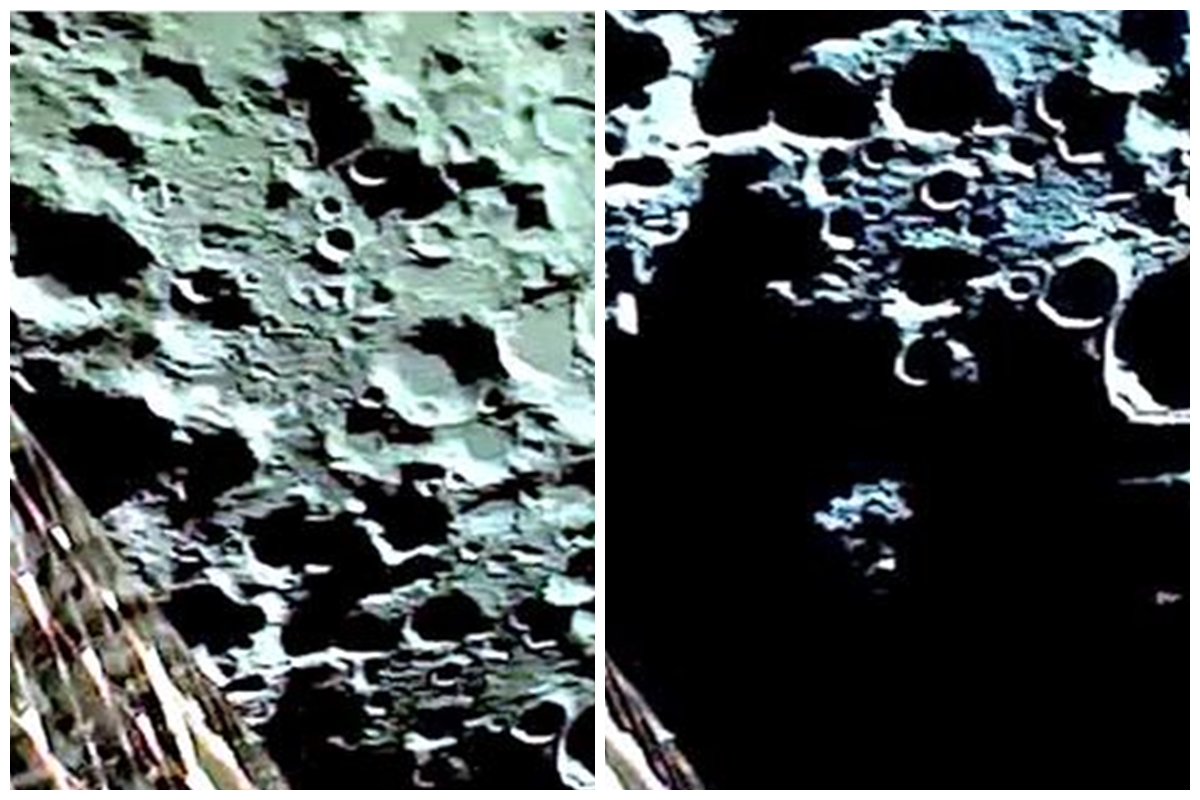Hospitals across India on alert after cases of new Covid variant JN.1 found
The Union Health Ministry has asked all the states and Union Territories to remain on alert in view of rising cases.

The failure of Chandrayaan 2 in 2019 showed the way for the Chandrayaan 3’s successful launch in a remarkably short period of time and that the mission will be a success with no need for any contingency plan, said Nilesh M Desai- the architect behind the project Chandrayaan-3. In an exclusive interview with The Statesman’s Chandrani Banerjee, the Director of the Space Application Center (SAC) shared the journey of his team and their resolve to make Chandrayaan 3 a success despite facing several challenges including the Coronavirus pandemic.
Here are the excerpts from the interview:
Q: How much preparation went to witness this day?
Advertisement
A: A Lot. We worked on Chadrayaan-2 for 10 years. Each and every one in the Space Application Center (SAC) and Indian Space and Research Organisation (ISRO) contributed in one way or the other to make this happen. From the moment the Chandrayaan2 did not work, we started preparing for this project. So, a lot of preparation has been done for this day. There are many levels that we have crossed daily to deliver this to the world today.
Q: What was the size of the team Chandrayaan-3?
A: As I told you earlier, this is teamwork and it requires years to shape something like this. And each one of us was working on it. So, I would say 17,000 people associated with the SAC and ISRO, all of them have contributed. There are thousands of small little things that require monitoring, observation, and constant attention to construct a project of this level. So, I would say my team is each one of us associated with ISRO.
Q: What was the core team that worked closely on Chandrayaan-3?
A: A team is required for hardware, another team is needed for software, and there is a separate team that handles the algorithms. A set of people is required for constant checks. Measurements also need constant attention. All these departments and people become a team. And the contribution of each one of them is important. And some who worked behind the scenes are silent warriors. This is the reason I shared that each one is important. And each one is a part of the team.
Q: In 2019 we failed to achieve the soft landing. Do you agree that failure becomes the base of making a successful mission Chandrayaan-3?
A: Yes absolutely. The failure of 2019 showed the way. Our Chandrayaan-2 orbiter was a huge success but the landing did not happen. We learned about the things that we do not need to do during our Chandrayaan-3 preparations. The failure offered so much learning. We have invested 10 years. Imagine the amount of hard work and disappointment. However, that made us stronger. This very experience helped us to work on forward planning. In 2019, we witnessed the crash landing and now in 2023, we are ready with Chandrayaan-3. The time period has been remarkably short compared to Chandrayaan-2.
Q: How many years did the team Chandrayaan-3 work on the mission?
A: We worked on project Chandrayaan-3 for four years. These four years covered the Corona pandemic, which came along with immense pain due to the sudden loss of lives, and several other ailments due to the lockdown. Restriction of movement was a big challenge. But we continued with the research work. Without caring much about all these issues. The determination and commitment towards Chandrayaan-3 was the thing that was on our minds and nothing else.
Q: What were the low points while carrying out the research program for Chandrayaan-3?
A: Corona was a huge setback. In the middle of the pandemic, there was research that could not be put on hold. There was fear that it could spread but there was also a determination that we will make this happen. So, with all the precautions in place the work that was supposed to be carried out went on. So, it was tough with restrictions on meeting people. It was not easy. And during these four years, there were times low points came. But we managed to bring it to a close.
Q: What will be the exact time tomorrow of the soft landing?
A: It will start moving toward the moon at 5.47 pm (IST). In 17 minutes, it is supposed to land on the moon. It will land on the moon at 6.04 pm (IST). So far, the journey shows that everything is perfect. We are expecting everything will go well because things have turned out the way they have been planned. We believe that everything will fall into place.
Q: Is there a contingency plan in place in case there is a need to reschedule the landing?
A: The contingency plan is not required. The landing will be fine. However, there will be no need for any plan because this very plan will work.
Advertisement